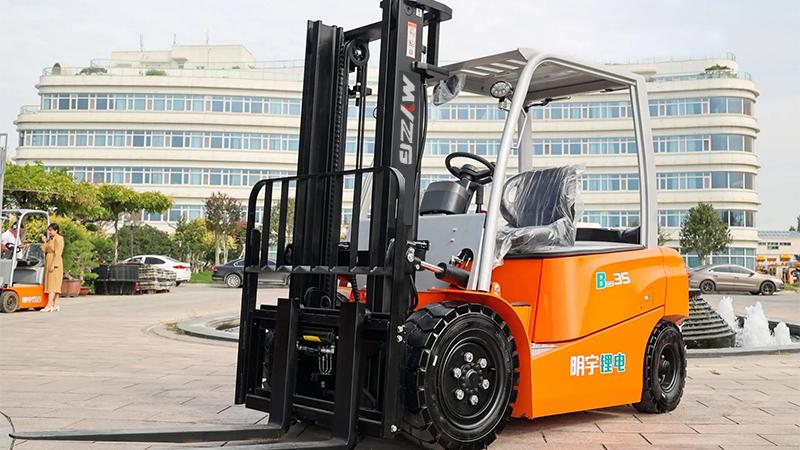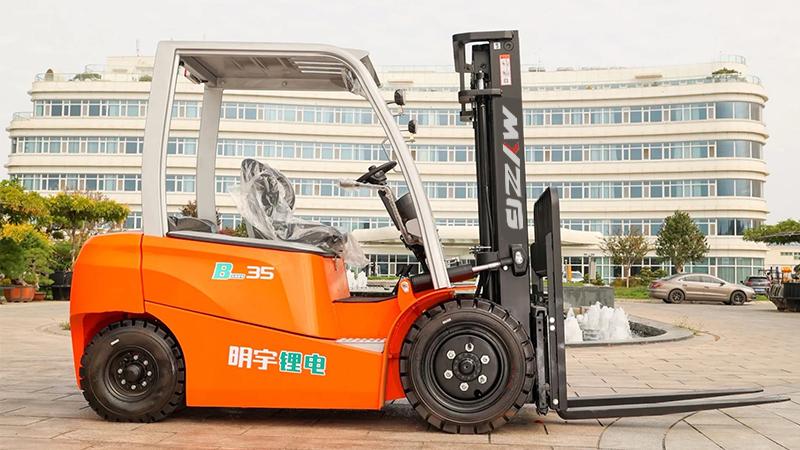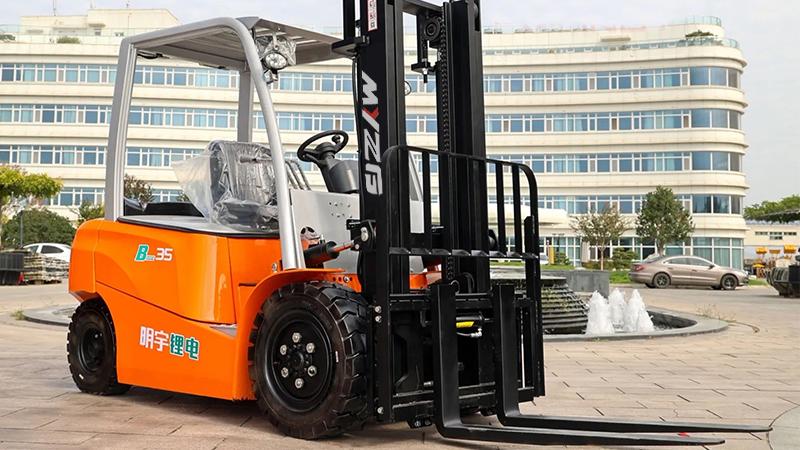The foundational frequency for forklift inspections is unequivocally mandated by stringent workplace safety regulations, most notably those enforced by the Occupational Safety and Health Administration (OSHA). Under the pivotal standard 1910.178(q)(7), there is a clear and non-negotiable requirement: powered industrial trucks must undergo a thorough inspection at least once per day before they are placed into active service. This daily mandate is far more than a bureaucratic checkbox; it is the primary defensive barrier against catastrophic equipment failure in busy industrial environments. The rationale behind this rigorous daily schedule is rooted in the severe operating conditions forklifts endure—constant vibration, heavy loading and unloading cycles, exposure to moisture and chemicals, and the inevitable wear and tear from navigating congested warehouse aisles. These factors can rapidly loosen bolts, fray wires, develop hydraulic leaks, or compromise brake systems overnight. A forklift that was fully operational at the end of one shift could easily develop a critical fault before the start of the next. Therefore, this daily inspection protocol serves as an essential diagnostic ritual, designed to intercept any emerging mechanical, hydraulic, or electrical issues before the forklift is entrusted with lifting thousands of pounds in close proximity to human workers and valuable inventory. Failure to adhere to this fundamental daily requirement not only blatantly violates federal law but also recklessly gambles with human safety, dramatically increasing the probability of accidents that can lead to serious injury, fatalities, and devastating financial liabilities for the company.
When a forklift is utilized across multiple shifts within a 24-hour period, the inspection protocol intensifies in both frequency and responsibility. In such high-utilization scenarios, the "daily" inspection transforms into a "pre-shift" inspection, meaning that each and every operator is legally and ethically obligated to perform a complete check of the vehicle at the beginning of their specific work period. This pre-shift inspection is a comprehensive visual and operational assessment conducted personally by the operator, empowering them to take ownership of their own safety and that of their colleagues. A typical, robust checklist for such an inspection is exhaustive, covering all critical systems: it includes testing the functionality of service and parking brakes for immediate responsiveness; verifying that the steering mechanism operates smoothly without play or binding; ensuring all controls, including lift, lower, tilt, and auxiliary functions, respond correctly and without delay; confirming that all warning devices, such as horns, backup alarms, and blue safety lights, are fully operational and audible/visible; meticulously examining the mast assembly for any signs of cracking, distortion, or wear on the lift chains and rollers; checking for hydraulic fluid leaks around the cylinders and hoses; inspecting the forks for straightness, cracks, or excessive wear at the heels; and assessing the condition and inflation of the tires for any cuts, gouges, or uneven wear that could affect stability. The discovery of any defect, no matter how minor it may seem, mandates immediate action: the forklift must be tagged out of service with a clear "Do Not Operate" label, and the issue must be promptly reported to a supervisor or a qualified maintenance technician. This process ensures that a faulty piece of equipment cannot be used until it has been professionally repaired and certified as safe, thereby closing any potential gaps in the safety loop.
While the daily pre-shift inspection is the cornerstone of forklift safety, a truly comprehensive maintenance strategy incorporates deeper, periodic evaluations that go beyond the operator's daily scope. These formal assessments, often scheduled on a monthly or quarterly basis as recommended by the forklift manufacturer, are conducted by certified and highly trained maintenance technicians. These thorough inspections delve into the long-term health and operational integrity of the vehicle, focusing on components and systems that require specialized tools and knowledge to evaluate properly. A technician performing a periodic inspection will conduct tasks such as performing hydraulic pressure tests to ensure the system is operating within specified tolerances; conducting detailed electrical system analyses, including load testing the battery, checking for voltage drops, and inspecting controller performance; measuring brake lining thickness and checking for drum or rotor wear; inspecting the chassis and overhead guard for any structural fatigue or damage; verifying the alignment of the mast and forks; and lubricating all pivot points and bearings according to the manufacturer's stringent specifications. This proactive and preventative approach to forklift maintenance is instrumental in identifying latent or developing issues—such as minor internal hydraulic leaks, gradual electrical degradation, or premature bearing wear—that an operator might not detect during a routine pre-shift check. By systematically addressing these problems early, companies can prevent minor issues from escalating into major, costly breakdowns, thereby significantly extending the forklift's operational lifespan, maximizing its availability and productivity, and, most importantly, reinforcing the multi-layered defense against unexpected and dangerous equipment failures on the shop floor.
Ultimately, the practice of conducting consistent, meticulous, and fully documented forklift inspections transcends mere regulatory compliance; it represents a fundamental commitment to building an unshakeable culture of safety and operational excellence within an organization. The maintenance of a detailed and immutable log for all inspections—both daily pre-shift checks and periodic technical reviews—creates a vital and verifiable audit trail. This documentation serves multiple critical functions: it provides irrefutable proof of due diligence during OSHA audits or insurance investigations; it allows management to track the maintenance history of each asset, identifying recurring problems and informing smarter capital equipment decisions; and it fosters a transparent environment where safety accountability is shared across the organization, from the operator on the floor to the highest levels of management. Furthermore, this entire framework is supported by the bedrock of comprehensive and ongoing operator training, ensuring that every individual entrusted with a forklift is not only proficient in its operation but is also a skilled and vigilant inspector, capable of identifying potential hazards. When a company invests in this holistic system—rigorous daily checks, proactive periodic maintenance, meticulous documentation, and continuous training—it is making a powerful investment in its most valuable assets: its people. This integrated approach drastically reduces the risk of workplace accidents, minimizes costly operational downtime, enhances overall productivity, and solidifies a corporate reputation for prioritizing the well-being of its workforce above all else.
Post time:Oct.27.2025



